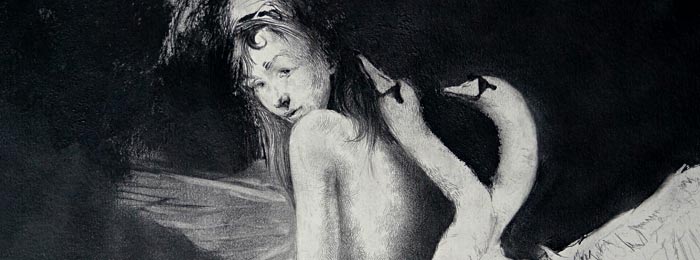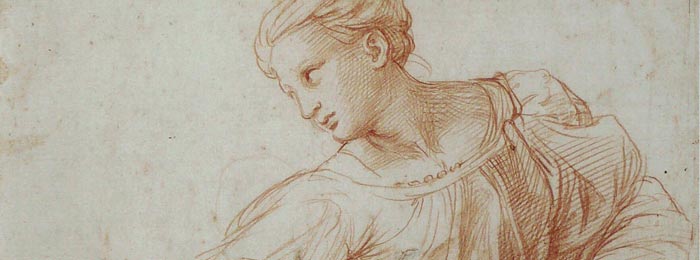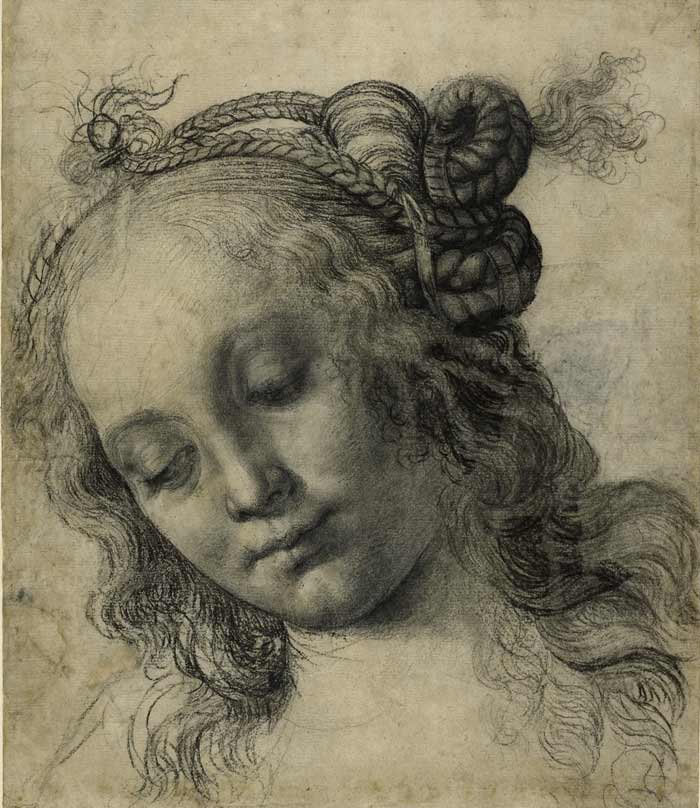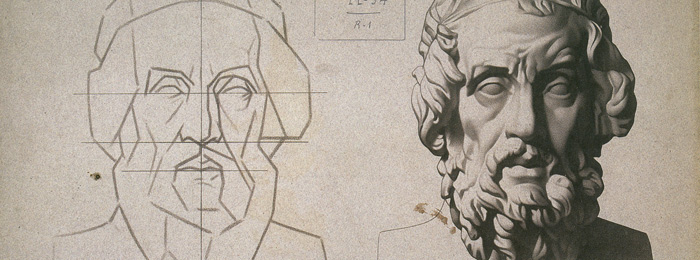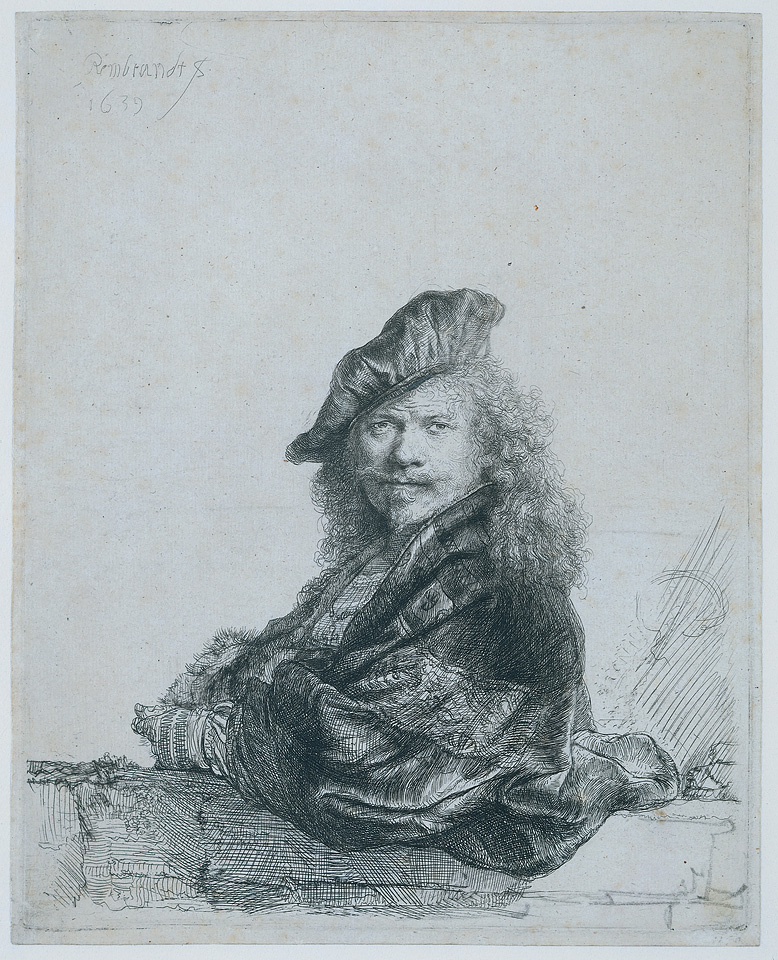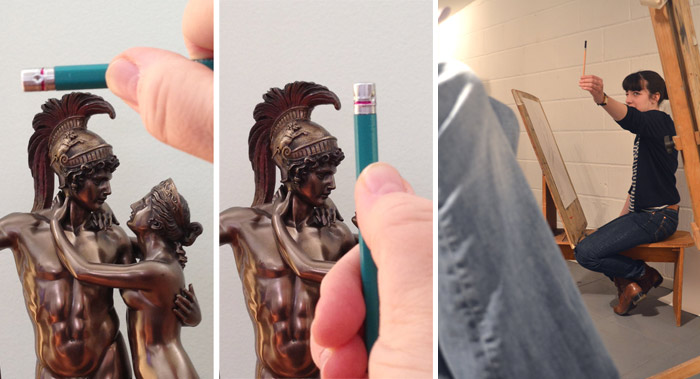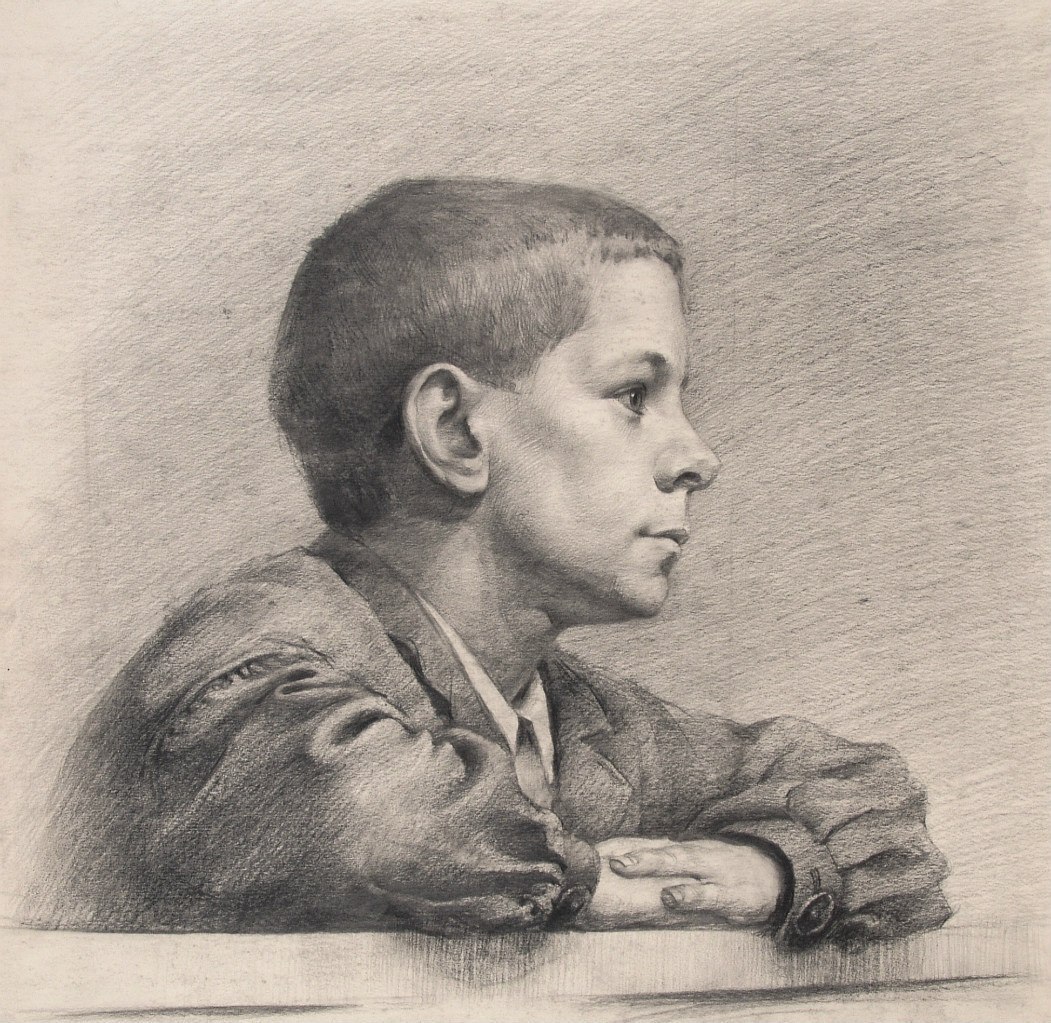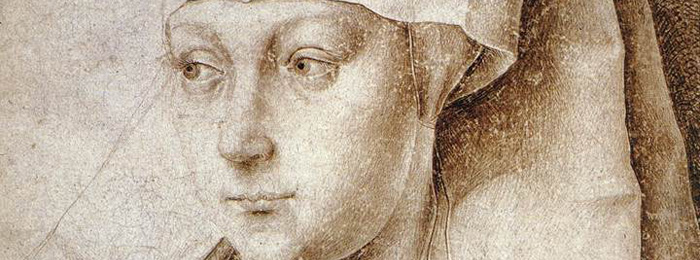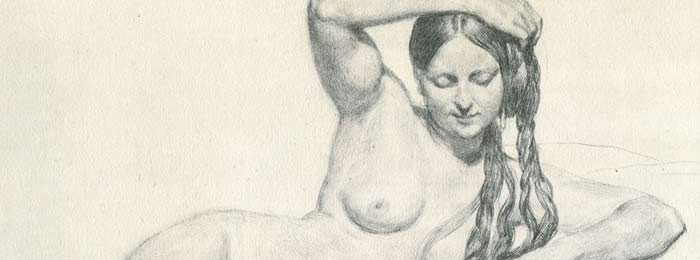How to achieve dark tones in graphite drawing
Question from Anastasia, Drawing Academy student
Dear Vladimir,
I have seen some drawings with very dark backgrounds. When I try to shade dark areas, the graphite marks become glossy.
How to achieve dark tones in graphite drawing?
What is the best technique to render really dark values? …


